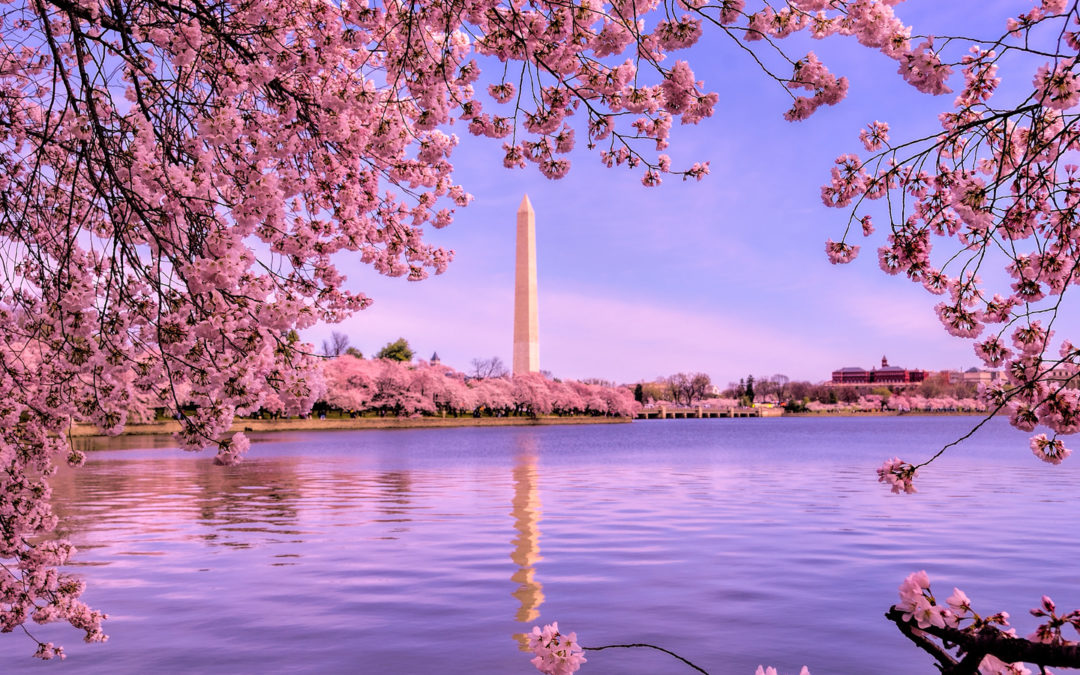Planning your trip to see Washington D.C.'s famous cherry blossoms? You're probably wondering when peak bloom will occur. While the National Park Service (NPS) releases predictions, it's important to understand their accuracy.
Can You Trust the Predictions?
While the NPS prediction has only been spot-on once in the past decade, they often come within a day or two of the actual peak bloom. However, weather plays a major role, with warm temperatures accelerating blooms and late frosts causing delays.
Here's the scoop:
- NPS predictions are most accurate within 10 days of peak bloom.
- Early blooms are more common: in 6 out of the past 9 years, peak bloom arrived earlier than predicted.
- The biggest prediction gap was in 2018: a late snowstorm pushed peak bloom from a predicted March 20th to April 5th.
How Does the NPS Make Predictions?
The NPS uses a combination of factors:
- Weather forecasts: both short-term and long-term
- Temperature data: including historical highs and lows
- Indicator trees: which bloom slightly earlier than the others
- Historical data: analyzing past bloom patterns under similar conditions
Planning Your Trip:
While the predictions offer a helpful guide, be prepared for some flexibility in your travel plans. Consider visiting within a few days of the predicted peak bloom to increase your chances of witnessing the blossoms at their best.
Tags
Cherry Blossom

